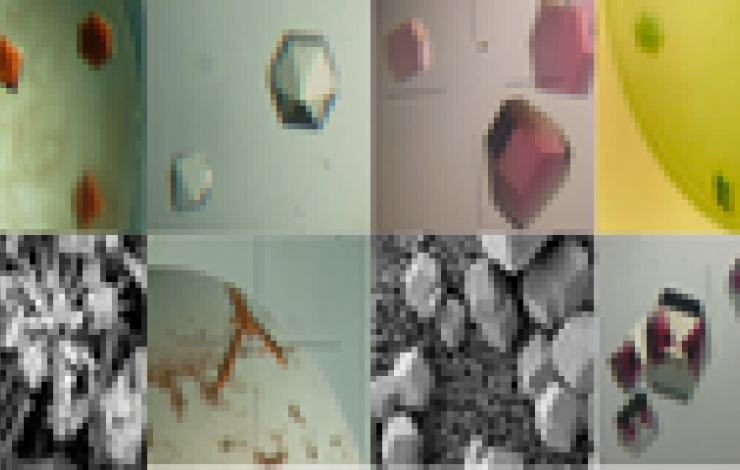10-04-2014


Resumo
Ancient and art materials are increasingly benefiting from advances in analytical chemistry. Studies usually aim either at rediscovering lost technological practices used to manufacture them or at better understanding degradation phenomena in order to develop effective conservation and restoration protocol. Within the very large set of analytical methods, those based on X-ray diffraction are largely employed. They can be used to reveal the material composition, being original ingredients, as well as degradation products, pollutants... In this talk, we will focus on techniques based on X-ray diffraction, but carried out on synchrotron facilities. These bright sources offer fundamental gains in terms of dwell time, spatial resolution, imaging capabilities, penetration depth, in-situ capabilities, etc, will be illustrated thanks to different examples of study of artistic materials, in particular paintings and pigments1. We will show as well that the possibility to combine XRD with other techniques is a clear asset to obtain a full picture of the materials.
1K. Janssens, M. Alfeld, G. Van der Snickt, W. De Nolf, F. Vanmeert, M. Radepont, L. Monico, J. Dik, M. Cotte, G. Falkenberg, C. Miliani and B. G. Brunetti, The Use of Synchrotron Radiation for the Characterization of Artists' Pigments and Paintings, Annual Review of Analytical Chemistry, 6, 399-425 (2013).
Biografia do orador
After gaining the “agrégation” of chemistry at the “Ecole Normale Supérieure” of Lyon, Marine Cotte obtained her PhD for her research, at the C2RMF (Centre of Research and Restoration of French Museums, UMR171 CNRS), on lead-based cosmetics and pharmaceutical compounds used in Antiquity. During her post-doc at the ESRF (European Synchrotron Radiation Facility), she has enlarged the application of micro X-ray and FTIR spectroscopies to ancient paintings, glasses, plastics... She has now a twofold position: as a CNRS scientist at LAMS (Laboratoire d’Archéologie Moléculaire et Structurale) UMR-8220 (Paris), and as a scientist, at the European Synchrotron Radiation Facility (Grenoble). She is in charge of the ID21 beamline, a beamline dedicated to X-ray and infrared micro-spectroscopy, with various applications in the fields of cultural heritage, biology and environmental sciences as well. She is also head of the X-ray imaging group, a group composed of five beamlines, offering imaging capabilities from centimetric field of view for medical applications, to nanometric probes.
